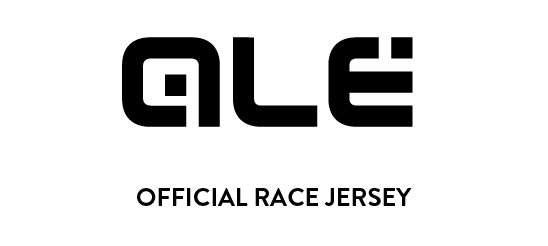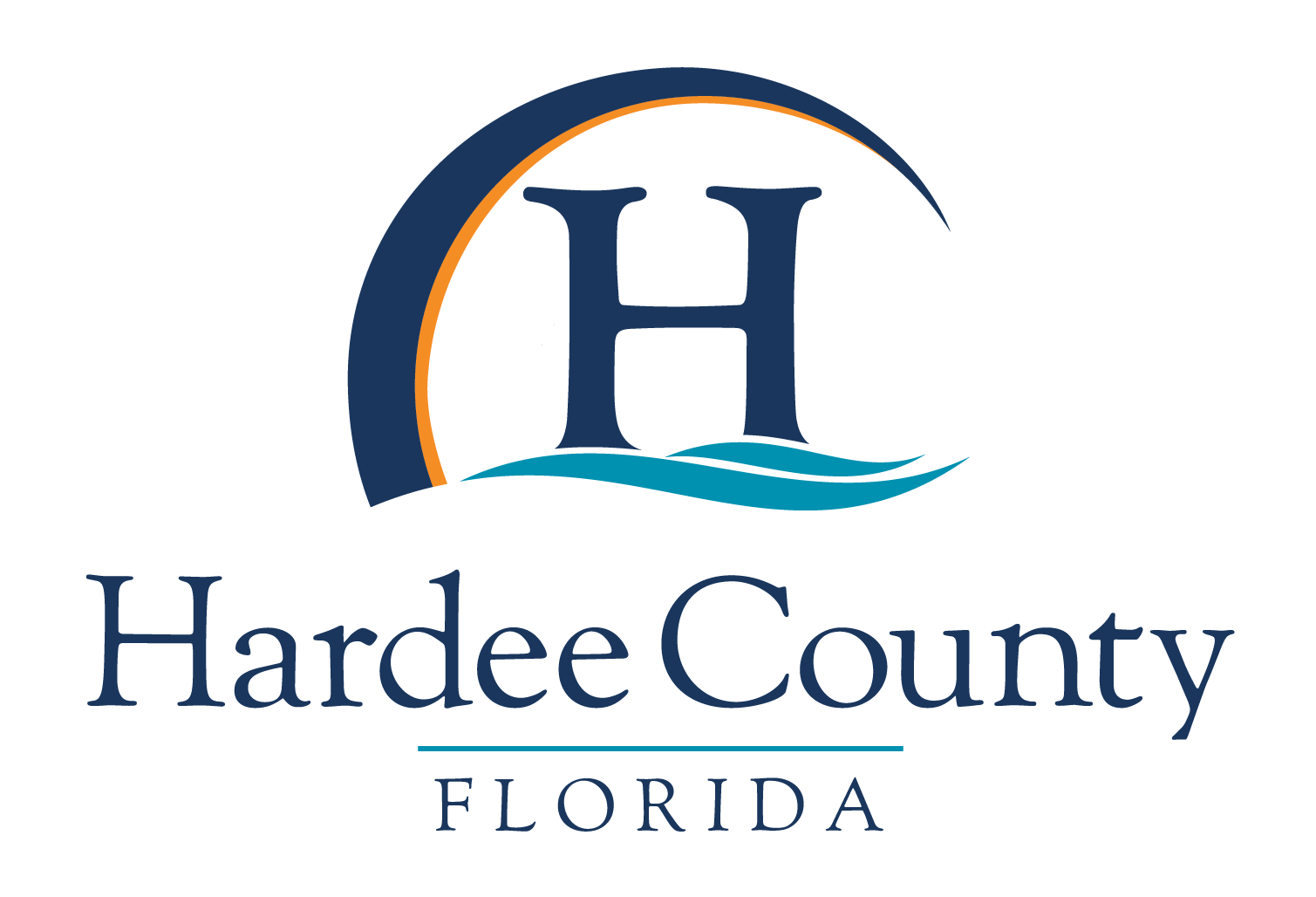No-Stop Nutrition
In this week’s Training Guide, GFNY Coach Christian talks about the benefits of planning hydration and nutrition to minimize or eliminate stops.
All GFNY events offer fully-stocked aid stations, where you can refill water bottles, grab food, and take a moment to recharge.
However, if you’re battling for the front group and racing hard, you may find your competition isn’t going to stop at many or any aid stations, and instead will speed by. If you aren’t prepared to last the entire race, you’ll be put in a tough dilemma: stop and refuel, yet lose the lead peloton (you won’t make it back!). Or, continue on, risking a bonk or dehydration because you don’t have enough fuel to last the entire race.
Either way, things aren’t going to end well. This is a perfect example of why preparation is key. Let’s take a look at how easy it can be to make it through the whole race with no or minimal stops, and how to prepare for this crucial part of staying with the leaders.
Consider the Course
The most important factor when you consider stopping vs not stopping is the course. First, the topography. During hilly events the peloton will break up and you’ll be riding solo or in small groups. Here, stopping isn’t as damaging, because you aren’t losing the draft of the peloton.
On the other hand, during flat races, with fast-moving and large pelotons, stopping can end your day in the leading group. If the peloton is moving at 25 mph or higher, even a quick stop will make it impossible for you to get back on.
If you’re targeting a top result at flat, fast races like GFNY Sebring or GFNY Cozumel, we strongly suggest being prepared for the full distance.
Even if the event you’re planning for is too long or too hot to complete without stopping, cutting down on your total number of stops can make a big difference in your overall time. You can follow the same guidelines below, and choose to stop once at the most strategic point on the course.
Plan Your Nutrition
Hopefully, you’ve already read our on-the-bike nutrition guide. If not, please do, as understanding the basics of sport nutrition is key for your performance.
As a refresher, remember that we’re aiming to target between 60-100 grams of carbohydrate per hour during long races. Larger or more powerful riders should be in the higher half of this range, so if you’re aiming to make the front group of a GFNY race, you are definitely a candidate for the 80-100 grams per hour range.
This should be divided between calories consumed in your sports drink (which for a variety of reasons is better than just drinking water) as well as through gels, bars, and other food.
Carry Enough Fluid
In-race nutrition typically divides into two categories: the first being fluid, the second being food (which includes gels, bars, and all other food).
In mild-to-moderate conditions, shooting for around 500-750 ml ml of fluid per hour is a good goal. By using large 1000 and 750 ml water bottles, you should be able to handle 3 hour efforts without stopping.
If the weather is warmer or you’re a heavy sweater, you can also consider using a hydration pack to carry extra fluid. There are plenty of sleek, aerodynamic and lightweight hydration packs on the market that will let you easily carry plenty of extra fluid. The extra weight will make almost no difference in a flatter event, and you’ll easily have enough fluid to survive warm temperatures.
More simply, you can start with a third bottle tucked in your jersey. The extra weight is a small penalty.
Carefully Plan Your Food
On top of fluid, you’ll want to carry enough food to last through the race. This is easier to manage than fluid, since food takes up less space and weighs less. However, it still requires some good planning.
As we mentioned above and in our on-bike nutrition guide, you’ll want to be targeting 80-100 grams of carbohydrate per hour. Pre-race, you’ll want to have done the math and sorted out what food you’ll be taking, being sure to also count the calories you’re carrying in your water bottles.
However, it always pays to carry a bit extra. You don’t want a dropped gel or bar to be the reason you bonk in the final of the race. So be sure to pack an extra bar and a few extra gels just in case.
Wrapping Up
Planning to be able to get through events without stopping is key if you hope to make the front group and compete for the win. That’s especially true during shorter, flatter and faster events, where others will be prepared to not stop, and where the high speeds and large pelotons make catching up impossible. With just a bit of planning, you’ll be prepared to make it through the entire race without bonking or becoming dehydrated.
In-race nutrition is a key aspect of performance, so if you still aren’t confident in what you need, be sure to check out or in-race nutrition guide here, and all of our other articles on training here.
Etiquetas: Coaching








